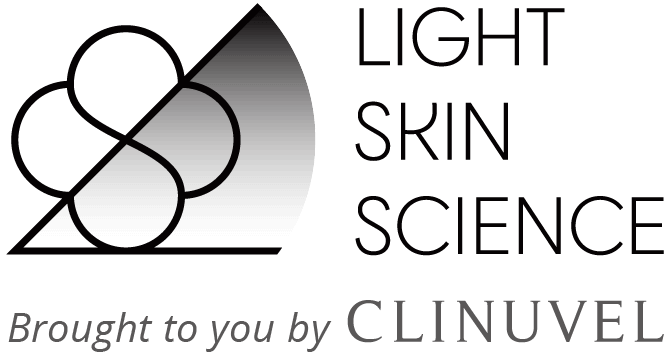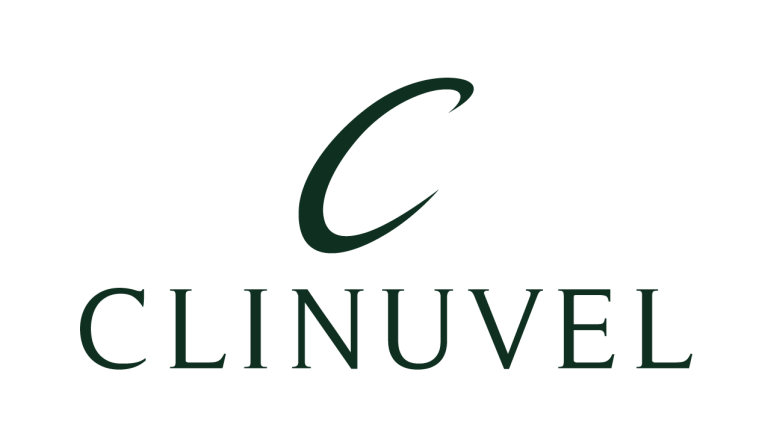Consensus and clinical guidance from an expert panel
Authors: Darrell S. Rigel, MD, MS, Susan C. Taylor, MD, Henry W. Lim, MD, Andrew F. Alexis, MD, MPH, April W. Armstrong, MD, MPH, Zelma C. Chiesa Fuxench, MD, MSCE, Zoe D. Draelos, MD, and Iltefat H. Hamzavi, MD
Date Published: 20 Dec 2021
What did the research set out to achieve?
Recent studies have shown that Visible Light (VL) poses a risk to our skin and overall health. As a result, light with longer wavelengths, such as VL and UVA, is becoming the subject of increasing focus within the field of photomedicine. This paper sought to review the current research in order to make a series of clinical recommendations for healthcare professionals to follow and disseminate to their patients.
How did they conduct the research?
An expert panel of dermatologists and photobiologists met and discussed all current and relevant literature. To arrive at their decisions for clinical recommendations, they used The Delphi method, which is a recognised structured technique for answering a specific research question by using rounds of questionnaires and analysing the results in order to arrive at a series of agreed key points.
These key points (or ‘final consensus statements’) were as follows:
- UVA/UVB protection alone is not sufficient for overall skin health, especially in dark skin types.
- Emerging types of photoprotection should be considered.
- There are misconceptions surrounding the need for the use of photoprotection for dark skin types.
- There are major gaps in photoprotection products for both UV and VL.
Having identified the main problems from the body of literature available, they were then able to formulate their recommendations for clinical practice and future academic/educational initiatives.
What were the main takeaways from the article?
At the end of this process, the following recommendations were made:
- Photoprotection education and evaluation should be included as part of overall patient skin assessments.
- A personalized photoprotection regimen should be recommended for all skin types.
- Additional training/education for dermatologists and other clinicians in photoprotection and the impact of VL is needed.
- Additional research in photoprotection and the biological effects of sunlight is needed.
- Patients should be educated about the potential role of VL’s impact on overall skin health.



